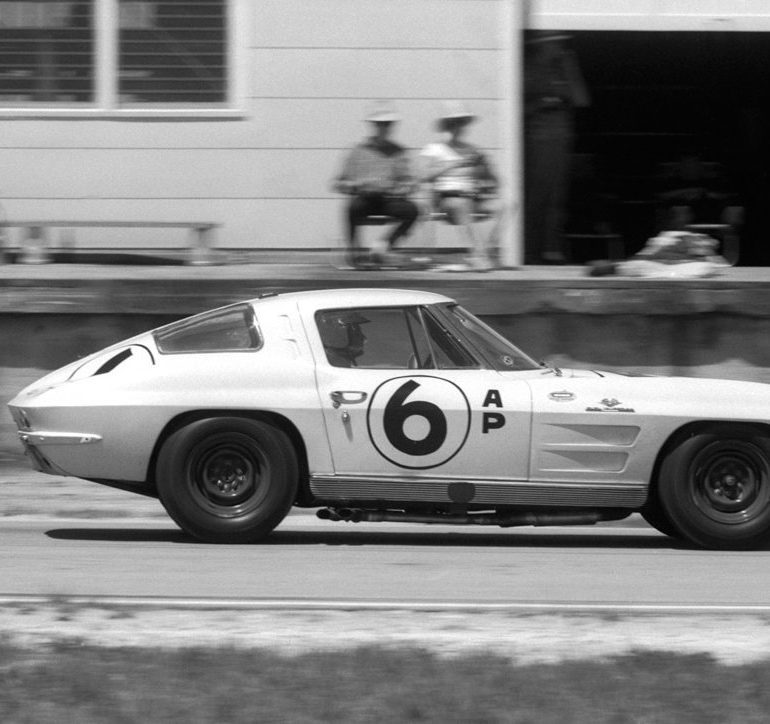Corvette didn’t show well at Le Mans this year, which is unusual, and I suppose in time we’ll find out where the speed went. But sometimes falling short can emphasize how often a competitor lands on top.
For Chevrolet, the tally of success at the Sarthe still stands at seven class victories since 2001, or ten counting back to 1960.



